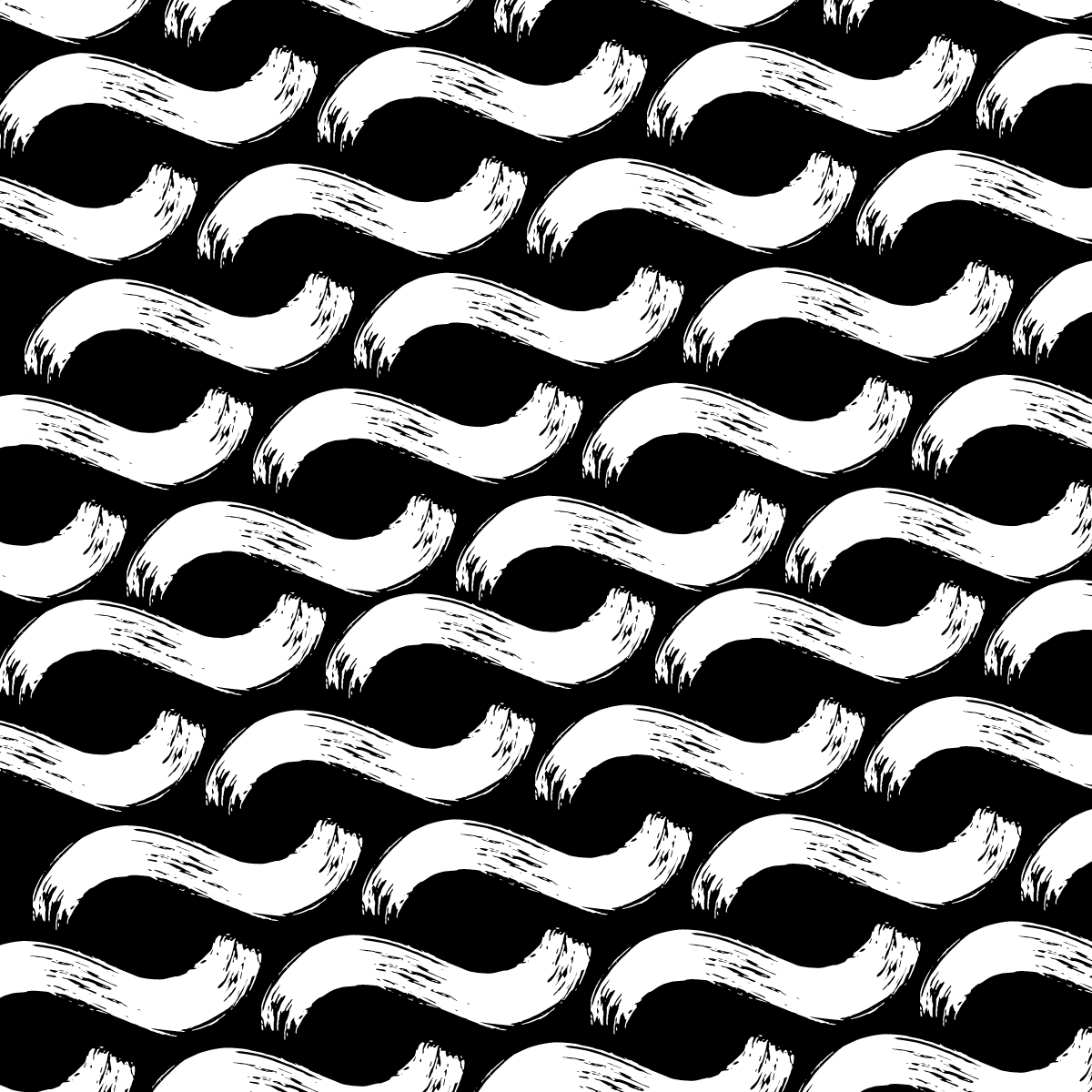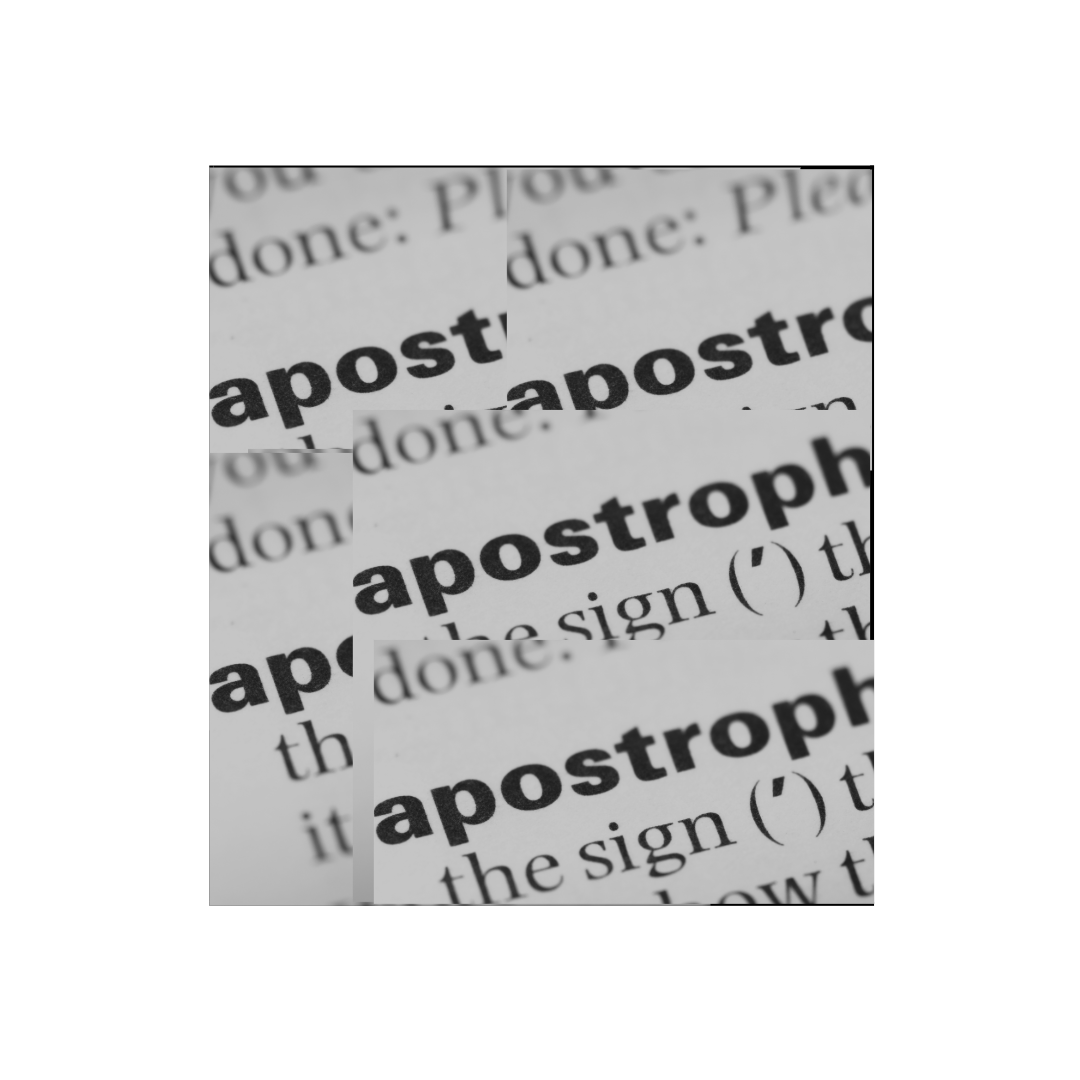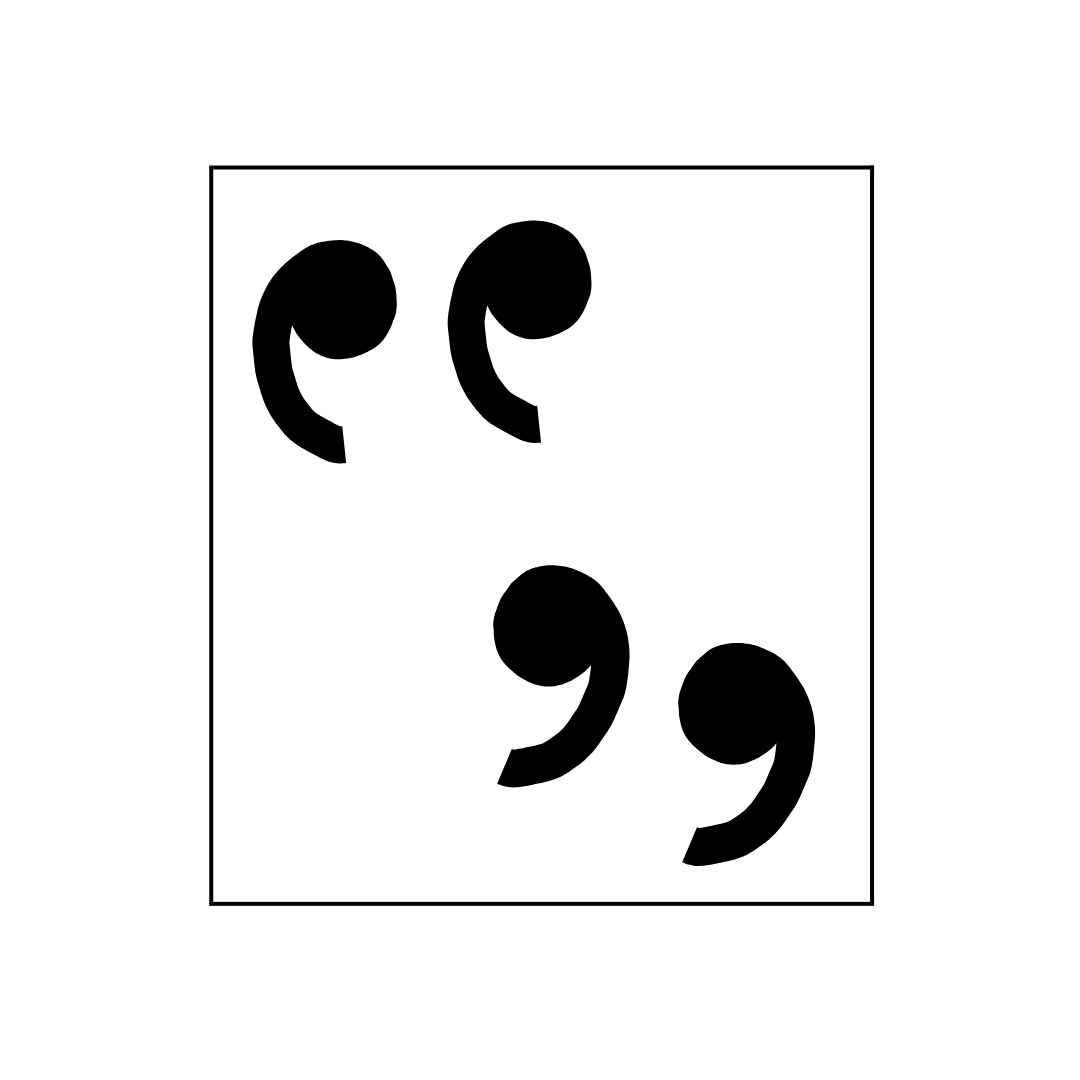Tense
Tense
Tense expresses the time of an action, and/or a state of being.
There are three kinds of tense (Past, Present and Future), and each has their own participles: Simple, Continuous, Perfect and Perfect Continuous.
Simple
-
I wrote
-
I write
-
I will write
Simple Tense is direct with no complexity or further description of the action.
Past Simple refers to actions that have happened. Verbs are typically suffixed with ‘-ed,’ although some have unique forms.
She wrote him a letter.
Present Simple refers to actions that are happening. Verbs are usually left as they are, or suffixed with ‘-s’ or ‘-es’ in third-person perspective.
He writes in his journal often.
Future Simple refers to actions that will happen. Verbs are preceded by ‘will.’
I will write my essay tonight.
Continuous
-
I was writing
-
I am writing
-
I will be writing
Continuous Tense describes an action that is not yet completed. Where Simple Tense says only what the action is, Continuous Tense gives information as to the state of the action, namely that it is unfinished.
Past Continuous implies something that was being done in the past, but has not been finished. Verbs are preceded by ‘was’ or ‘were’, and suffixed with ‘-ing.’
She was writing him a letter.
Present Continuous describes an action that is currently ongoing. Verbs are preceded by ‘am’, ‘is’ or ‘are’ with the ‘-ing’ suffix.
He is writing in his journal.
Future Continuous describes an action that will be ongoing in the future. Verbs are preceded by ‘will be’ and use the ‘-ing’ suffix.
I will be writing my essay tonight.
Perfect
-
I had written
-
I have written
-
I will have written
Perfect Tense resolves an action. Where Continuous Tense implies that an action continues on, Perfect Tense completes it.
Past Perfect describes an action that was completed before another. Verbs are preceded by ‘had’ and use the ‘-ed’ suffix, or their past participle forms.
She had written him a letter before she received a call.
Present Perfect implies that an action has been completed sometime in the recent past. Verbs are preceded by ‘have’ or ‘has’ and use the ‘-ed’ suffix, or their past participle forms.
He has written in his journal.
Future Perfect describes an action that will be completed in the future. Verbs are preceded by ‘will have’ and use the ‘-ed’ suffix, or their past participle forms.
I will have written my essay tonight.
Perfect Continuous
-
I had been writing
-
I have been writing
-
I will have been writing
Perfect Continuous Tense describes an action relevant to a time frame. Where Continuous Tense describes an ongoing action, Perfect Continuous Tense describes an action that has been ongoing for a specific period of time. The action may be completed (Perfect Tense) but is ongoing until that point (Continuous).
Past Perfect Continuous implies that an action was ongoing, and occurred before another action. Verbs are preceded by ‘had been’ and use their present participles (-ing).
She had been writing him a letter before she received a call.
Present Perfect Continuous implies that an action began in the past and continues on into the present. Verbs are preceded by ‘has been’ or ‘have been’ and are suffixed with ‘-ing’.
He has been writing in his journal.
Future Perfect Continuous describes an action that has continued up to a certain point in the future. Verbs are preceded by ‘will have been’ and use ‘-ing’ suffixes.
By tonight I will have been writing my essay for six hours.






